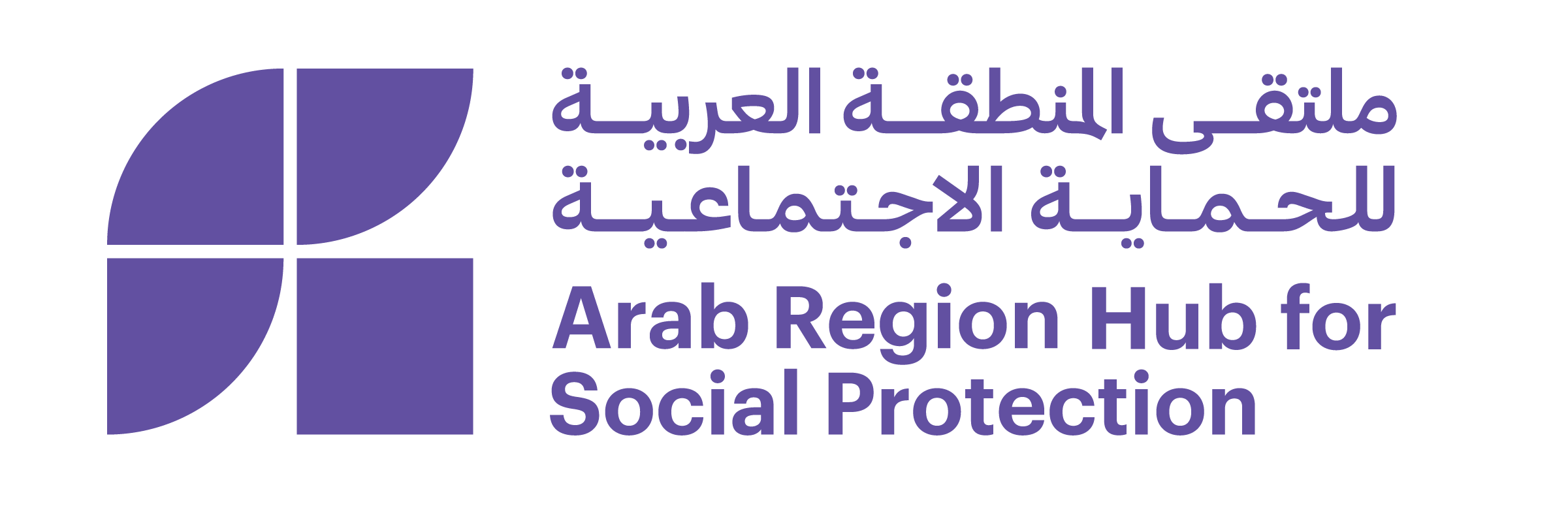
In the last decade, the World Bank has stepped up its advocacy of poverty targeting as the basis for tax-financed social protection schemes in low- and middle-income countries by promoting social registries. These are large data bases, in theory covering the whole population, which are used to poverty target multiple schemes, not just one. This is usually though not always through proxy means testing. The World Bank argues social registries are core parts of social protection systems. Social protection here means social security, or the benefit system, as it does in Part 1 of this blog, not its wider interpretations that include social care and other functions of government. And this is focussing on the tax-financed side of the system. Contributory schemes are also important of course, though as mentioned in Part 1, expanding their coverage is often restricted in low- and middle-income countries by high and persistent labour market informality. Social registries now exist in around 60 countries and are being promoted by the World Bank far and wide.
But this promotion runs against guidance in the World Bank’s 2022 book Revisiting Targeting in Social Assistance, that an open mind should be kept on whether to poverty target schemes or not. The World Bank’s 2022 book acknowledges the challenges of poverty targeting, including through proxy means testing, which social registries face on a significantly expanded scale because they target multiple schemes. Among these challenges, it says, are high targeting errors, questions over stigma and human rights and an increased risk of community tensions. To this we could add the risk of a lack of political support and the creation of a ‘missing middle’ between the extreme poor and the relatively wealthy in receipt of contributory benefits. The book says, ‘Policy makers must decide whether, how broadly or narrowly, and how to target a program based on their appreciation of the magnitude of the benefits of concentrating resources where they are most needed versus the magnitude of the various errors and costs.’ In other words, don’t jump straight to poverty targeting.
To read the full statement: Click here!
Disclaimer: Except for articles published on Blog Tadamon and the content of the resource pages, all materials on this website, including their respective photographs, are indexed from their original sources. All rights remain with the respective copyright holders.

Comments are closed, but trackbacks and pingbacks are open.